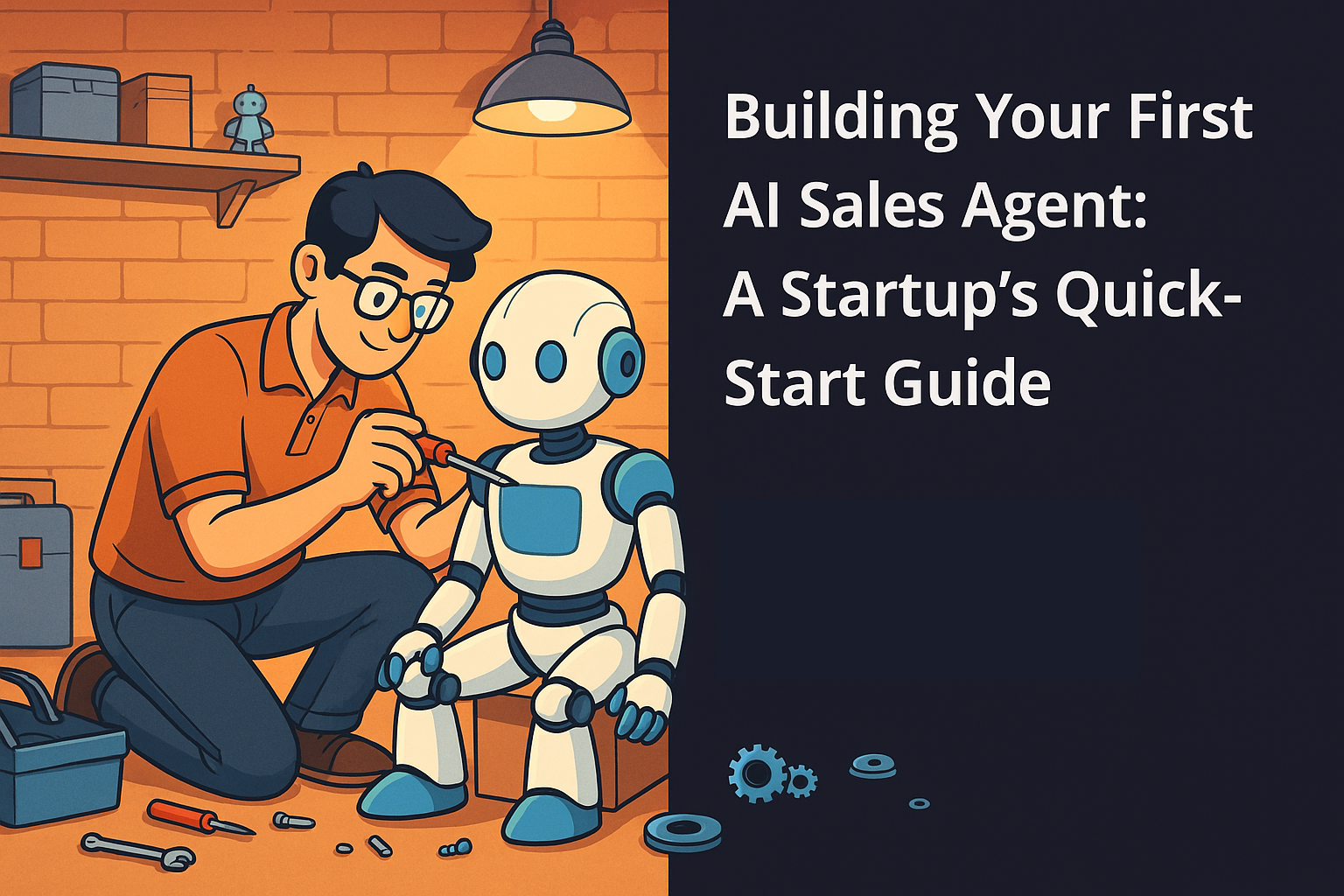Sending a follow-up email after no response can be a critical step in maintaining effective communication, whether it's in a professional or personal context. Knowing how to craft and send a compelling follow-up email is essential for achieving your goals. This guide will explore the importance of follow-up emails, best practices for writing them, and tips to increase your chances of getting a response.
Why Follow-Up Emails Are Important
Follow-up emails serve several important purposes:
- Reminder: They remind the recipient of your initial email, which they may have missed or forgotten.
- Persistence: Demonstrates your persistence and seriousness about the subject matter.
- Clarification: Provides an opportunity to clarify any points from your initial email or to offer additional information.
- Relationship Building: Helps build and maintain relationships by showing your continued interest and commitment.
Crafting the Perfect Follow-Up Email
1. Start with a Strong Subject Line
The subject line of your follow-up email should be clear and attention-grabbing. It should remind the recipient of your previous email and the topic at hand. Some effective subject lines include:
- "Just Checking In"
- "Following Up on My Previous Email"
- "Reminder: [Topic/Meeting/Proposal]"
2. Personalize Your Email
Personalization can significantly increase the chances of your follow-up email being read. Address the recipient by their name and reference any specific points or details from your previous email. This shows that you have taken the time to craft a thoughtful follow-up email.
3. Be Concise and Clear
Keep your follow-up email concise and to the point. The recipient is more likely to respond if your email is easy to read and understand. Reiterate the key points from your previous email and clearly state what action you are hoping for.
4. Add Value
In your follow-up email, try to add value or provide new information that might interest the recipient. This could be an update on the topic, a new insight, or a resource that might be useful to them.
5. Include a Call to Action
Every follow-up email should include a clear call to action (CTA). Specify what you want the recipient to do next, whether it’s scheduling a meeting, providing feedback, or confirming receipt of your email.
Best Practices for Sending Follow-Up Emails
1. Timing Is Key
Timing your follow-up email correctly is crucial. Sending a follow-up email too soon can come off as pushy, while waiting too long may result in missed opportunities. A good rule of thumb is to wait 3-5 days after your initial email before sending a follow-up.
2. Use Multiple Channels
If you don’t receive a response after your first follow-up email, consider reaching out through different channels, such as a phone call or a LinkedIn message. Sometimes, a different medium can be more effective.
3. Track Your Emails
Use email tracking tools to monitor whether your follow-up emails are being opened and read. This information can help you adjust your approach and timing for future follow-ups.
4. Keep It Professional
Always maintain a professional tone in your follow-up emails. Even if you feel frustrated by the lack of response, it’s important to remain courteous and respectful.
5. Know When to Stop
While persistence is important, knowing when to stop is equally crucial. If you haven’t received a response after several follow-up emails, it may be best to move on. Sending too many follow-up emails can come off as annoying and may damage your reputation.
Common Mistakes to Avoid
1. Being Too Aggressive
Avoid being too aggressive or pushy in your follow-up emails. This can put the recipient off and reduce your chances of getting a response.
2. Sending Generic Emails
Generic follow-up emails that lack personalization are less likely to be effective. Take the time to tailor your follow-up email to the recipient and the specific context of your initial email.
3. Not Proofreading
Always proofread your follow-up emails before sending them. Spelling and grammatical errors can make you appear unprofessional and careless.
4. Failing to Provide Context
In your follow-up email, make sure to provide enough context for the recipient to remember your previous email. Briefly summarize the key points or refer to specific details from your initial email.
5. Neglecting the Subject Line
An unclear or uninteresting subject line can cause your follow-up email to be overlooked. Ensure your subject line is clear, relevant, and engaging.
Examples of Effective Follow-Up Emails
Example 1: Professional Follow-Up Email
Subject: Following Up on Our Meeting Proposal
Hi [Recipient’s Name],
I hope this email finds you well. I wanted to follow up on the proposal I sent last week regarding our potential collaboration on [Project/Meeting]. I understand you might be busy, but I wanted to ensure you received it and to see if you had any questions.
I believe this project could be highly beneficial for both our teams, and I’m eager to hear your thoughts. Please let me know if there’s a convenient time for us to discuss this further.
Thank you for your time and consideration.
Best regards,
[Your Name]
Example 2: Sales Follow-Up Email
Subject: Just Checking In
Hi [Recipient’s Name],
I hope you’re doing well. I’m following up on the email I sent regarding our new product, [Product Name]. I haven’t heard back and wanted to ensure you received the information.
Our product offers several features that I believe would be a great fit for your needs, particularly [mention a specific feature or benefit]. I’d love to schedule a quick call to discuss how we can help you achieve your goals.
Looking forward to your response.
Best,
[Your Name]
Example 3: Job Application Follow-Up Email
Subject: Following Up on My Job Application
Dear [Recipient’s Name],
I hope this message finds you well. I’m writing to follow up on my application for the [Job Title] position, which I submitted on [Date]. I’m very excited about the opportunity to join your team and contribute to [Company Name].
Could you please provide an update on the status of my application? I’m eager to learn more about the next steps in the hiring process.
Thank you for your time and consideration.
Sincerely,
[Your Name]
Conclusion
Sending a follow-up email after no response can significantly improve your communication outcomes. By crafting thoughtful, personalized, and timely follow-up emails, you increase the likelihood of getting a response and achieving your goals. Remember to be persistent but not pushy, and always maintain a professional tone.
Incorporate the strategies and best practices outlined in this guide to enhance your follow-up email approach. Whether you’re following up on a business proposal, a job application, or a sales inquiry, a well-crafted follow-up email can make all the difference in securing a positive response.
By mastering the art of sending follow-up emails, you can build stronger relationships, achieve better results, and ultimately, succeed in your endeavors.
Remember, if you need email leads or campaign management use Opps.ai! Just click the image below to sign-up.

https://app.opps.ai/login


.jpg)


.svg)